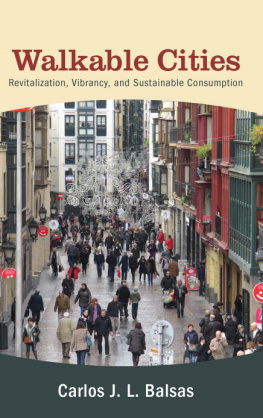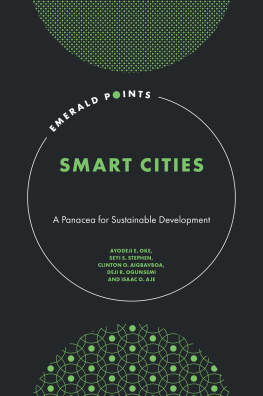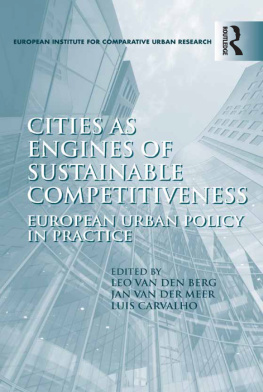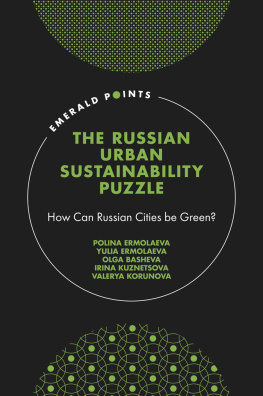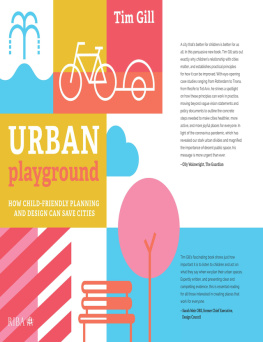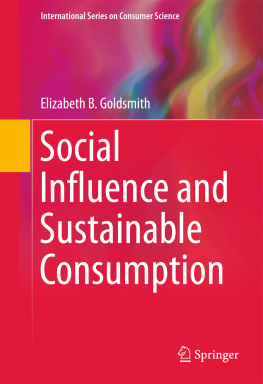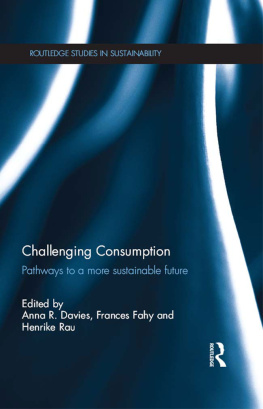Carlos J L Balsas - Walkable Cities: Revitalization, Vibrancy, and Sustainable Consumption
Here you can read online Carlos J L Balsas - Walkable Cities: Revitalization, Vibrancy, and Sustainable Consumption full text of the book (entire story) in english for free. Download pdf and epub, get meaning, cover and reviews about this ebook. year: 2019, publisher: State University of New York Press, genre: Science. Description of the work, (preface) as well as reviews are available. Best literature library LitArk.com created for fans of good reading and offers a wide selection of genres:
Romance novel
Science fiction
Adventure
Detective
Science
History
Home and family
Prose
Art
Politics
Computer
Non-fiction
Religion
Business
Children
Humor
Choose a favorite category and find really read worthwhile books. Enjoy immersion in the world of imagination, feel the emotions of the characters or learn something new for yourself, make an fascinating discovery.
- Book:Walkable Cities: Revitalization, Vibrancy, and Sustainable Consumption
- Author:
- Publisher:State University of New York Press
- Genre:
- Year:2019
- Rating:4 / 5
- Favourites:Add to favourites
- Your mark:
- 80
- 1
- 2
- 3
- 4
- 5
Walkable Cities: Revitalization, Vibrancy, and Sustainable Consumption: summary, description and annotation
We offer to read an annotation, description, summary or preface (depends on what the author of the book "Walkable Cities: Revitalization, Vibrancy, and Sustainable Consumption" wrote himself). If you haven't found the necessary information about the book — write in the comments, we will try to find it.
Walkable Cities: Revitalization, Vibrancy, and Sustainable Consumption — read online for free the complete book (whole text) full work
Below is the text of the book, divided by pages. System saving the place of the last page read, allows you to conveniently read the book "Walkable Cities: Revitalization, Vibrancy, and Sustainable Consumption" online for free, without having to search again every time where you left off. Put a bookmark, and you can go to the page where you finished reading at any time.
Font size:
Interval:
Bookmark:

without written permission. No part of this book may be stored in a retrieval system
or transmitted in any form or by any means including electronic, electrostatic,
magnetic tape, mechanical, photocopying, recording, or otherwise without the prior
permission in writing of the publisher.
| 3Rs | reduction, recycling, and reuse |
| BID | business improvement district |
| CCA | centro comercial abierto |
| CNG | compressed natural gas |
| CU | commercial urbanism |
| DCP | Department of city planning |
| EEC | European Economic Community |
| ENDS | National sustainable development strategy |
| EU | European Union |
| GTL | Technical advisory committee |
| HORECA | hotel, restaurant, and cafeteria sector |
| IDB | Inter-American Development Bank |
| LULU | local unwanted land use |
| MSC | medium- and small-size Iberian cities |
| NIMBY | not in my back yard |
| NYCDOT | New York City Department of Transportation |
| PAYT | pay as you throw |
| PERSU | Strategic plan for urban waste |
| PNPOT | National Program of Territorial Management Policy |
| SRU | urban rehabilitation societies |
| TCM | town center management schemes |
| UAC | unidade de acompanhamento e coordenao |
| UK | United Kingdom |
| US | United States |
| WB | World Bank |
Font size:
Interval:
Bookmark:
Similar books «Walkable Cities: Revitalization, Vibrancy, and Sustainable Consumption»
Look at similar books to Walkable Cities: Revitalization, Vibrancy, and Sustainable Consumption. We have selected literature similar in name and meaning in the hope of providing readers with more options to find new, interesting, not yet read works.
Discussion, reviews of the book Walkable Cities: Revitalization, Vibrancy, and Sustainable Consumption and just readers' own opinions. Leave your comments, write what you think about the work, its meaning or the main characters. Specify what exactly you liked and what you didn't like, and why you think so.

